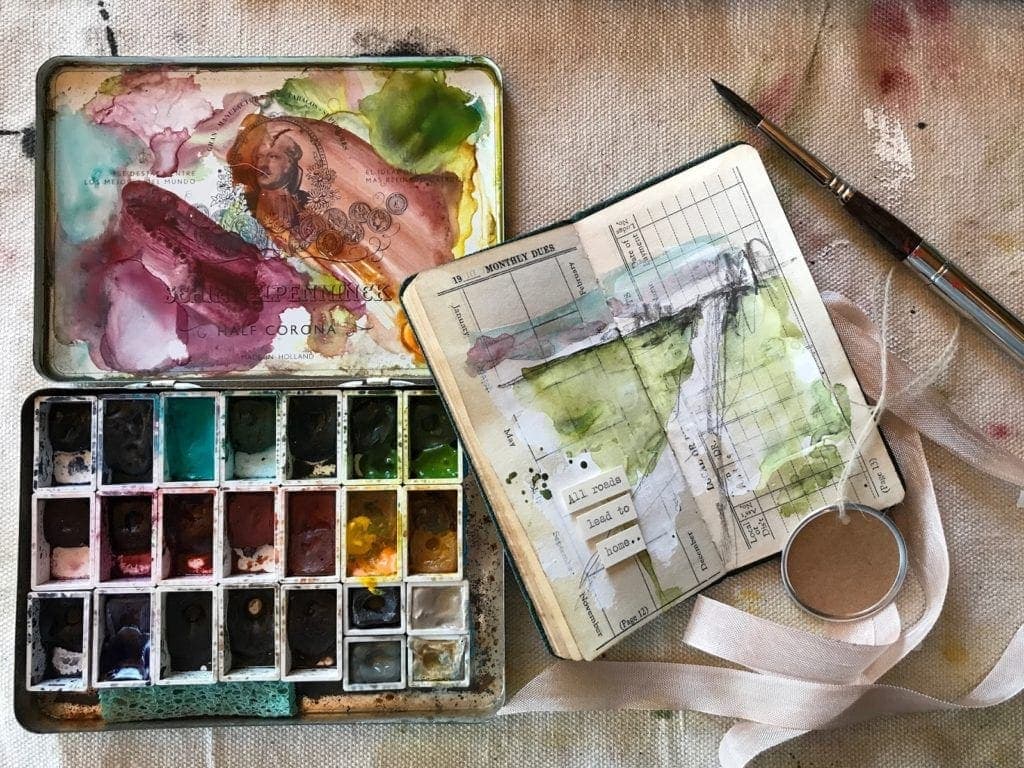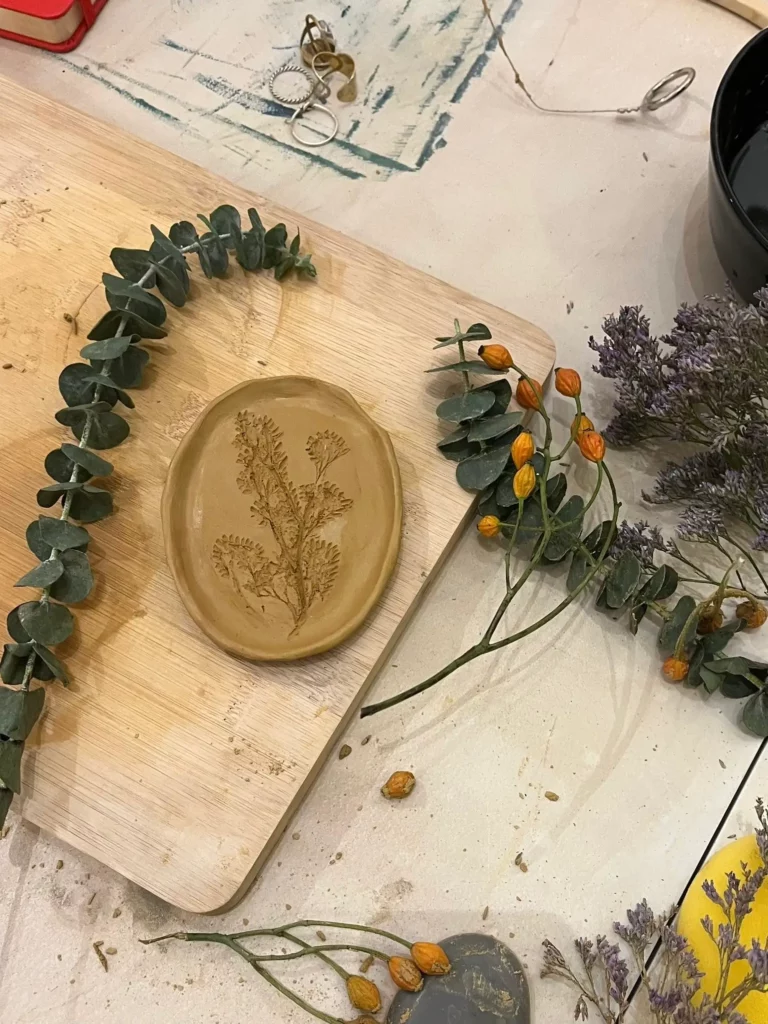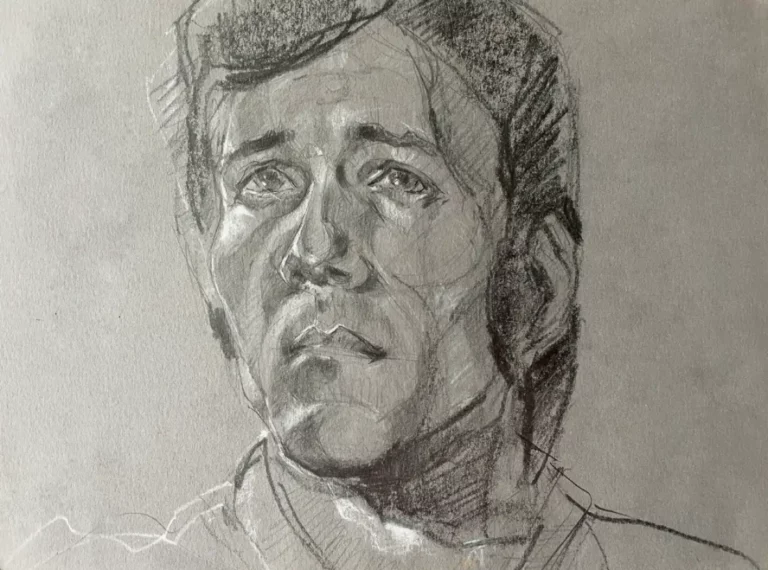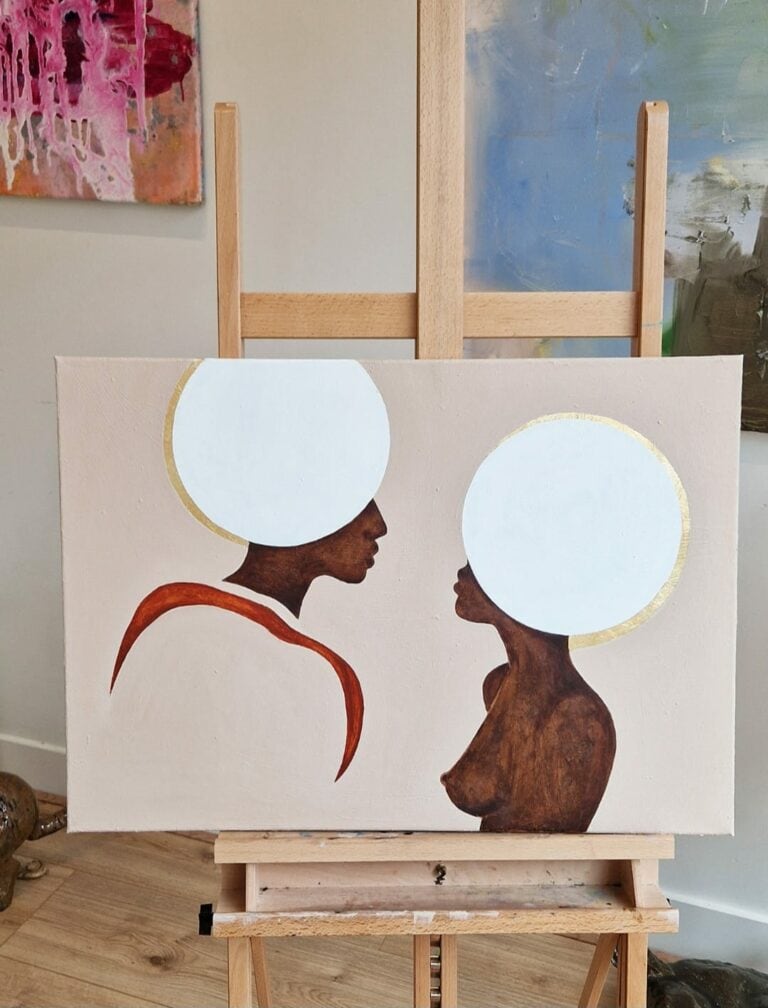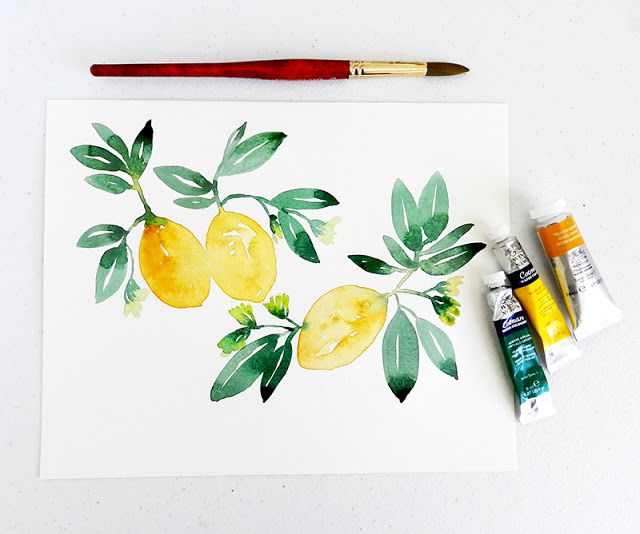
15 May 2020
The Basics of Watercolor Painting You Should Know
Watercolor is one of the oldest forms of painting methods, used for centuries and many cultures around the world. From the first uses dating back to Paleolithic Europe to the widespread utilization in the 19th century for scientific illustrations and educational purposes, watercolor painting is now considered one of the most approachable and versatile painting mediums.
The paints used are made of pigments that are held together with a “gum” binder then applied with water to a support such as paper. Once the water evaporates, the binder fixes the pigment to the support.
Here are a few watercolor tips for beginners to get you started:
1. Find the right materials
Although you only need a brush and pigments to get started, using the correct materials makes a big difference in watercolor paintings.
Watercolor paper – the texture and paper weight is essential to withhold the wet brushstrokes. The right watercolor paper is created to absorb the water mixed with your paint and prevent wrapping. There is no need to splurge on expensive varieties, Just make sure the paper is reasonably thick.A good minimum weight is 140 lb / 300 gsm
Brushes – Watercolor brushes are designed to work specifically well with water. They have a good pointed tip for accuracy, and they hold a lot of water. You can start with : a medium round brush, a medium or large flat brush, and a tiny round brush for details.
Watercolor paint set – Basic color theory tells us that you can mix any color from just three primary colors: yellow, red, and blue. The smallest palette for the best range of color mixing consists of six colors
Here is an idea to try out as a watercolor beginner – create a reference chart specific to your palette to get a clear overview of the colors you need. Try arranging them according to the hues of the color spectrum for a clear and simple visual overview.
2. Water
The water to paint ratio will change depending on what you’re trying to achieve.
Too much water can result in colors that are too light while Too little water can result in thick colors that don’t flow or lay down properly, or cause visibly streaky brush strokes.
Due to the transparency of watercolor it’s important to lay down your light colors first and work towards the darker colors. We start with the light colors first because your light colors won’t show if they’re covered up by dark colors, which would be hard to undo.
3. Techniques
Being able to master the different watercolor washes i the most basic of watercolor techniques.
The WET ON WET is achieved by brushing water onto the paper first and adding your paint before the water dries. The WET ON DRY, consists in putting wet paint on a dry surface. The result gives you hard edges and precision.
4. Sketching
Begin with sketching your painting- Sketches are a valuable tool to experiment and test out different compositions, techniques, and to understand what suits you best.
Are you interested in learning how to watercolor or simply want to enhance and develop your painting techniques? St-Art offers weekly workshops taught by our curators Carlo Tozzi and Karis Evans – You may book your ONLINE WORKSHOP by selecting it from the calendar. Click here to register.
Related Posts
Art Events
Bloom into Spring with our Flower Press Ceramics Workshop
Discover the beauty of flower-pressed ceramics in this hands-on workshop! Over two captivating hours, you'll learn to create a unique hand-built plate using dried blooms and other natural elements. Whether you're a beginner or seasoned artist, Lorena will guide you step-by-step as you explore this enchanting decorative technique.
Art Events
Portrait Drawing Masterclass: explore lines, shapes and expression
I’ll guide you through some basics of creating a portrait using pencil and some other additional materials. What is really important for you to learn is to observe and pay attention while drawing someone’s portrait. As an academically trained painter I spent countless hours improving my portrait drawing skills, which I will be very happy to share with you. Knowledge has no meaning, if it’s no shared.
Art
That’s Life – Annet van Belkom
In her newest series, That’s Life, Annet draws inspiration from the song ‘That’s Life’ by ‘Scorz’ to express the idea of life happening in cycles. The introduction of the electronic music track is accompanied by a beautiful story about life and reflects on the idea of who we are as humans and the continuity of […]





